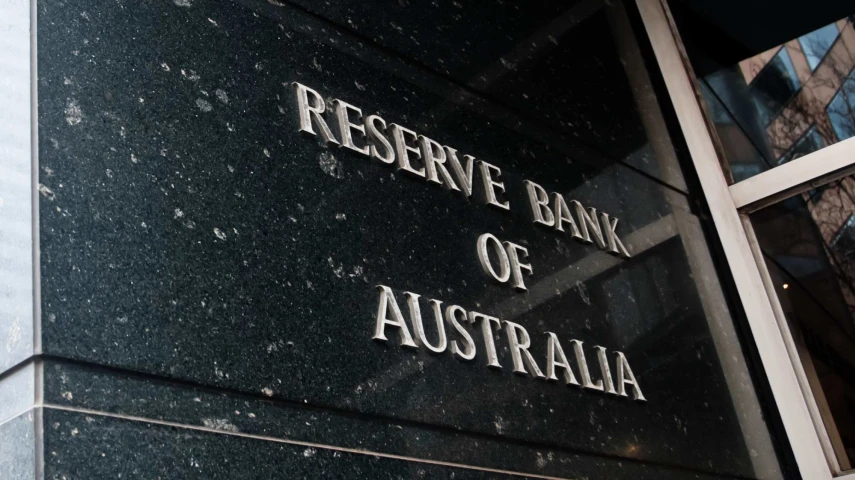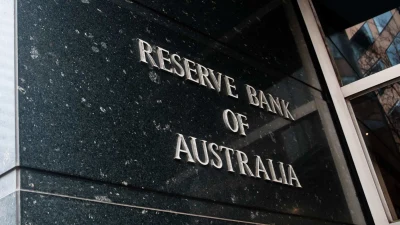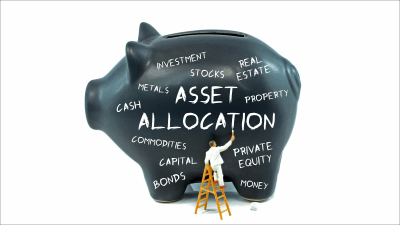RBA makes pre-election rate call



The RBA’s new monetary policy board has delivered its first rate decision.
After delivering its first rate cut in over four years in February, the new-look Reserve Bank of Australia (RBA) announced a hold, keeping rates at 4.10 per cent in what was an expected move.
The board change was introduced on 1 March, with the governance of the central bank now structured as a governance board, a monetary policy board and a payments system board.
In its statement, the RBA said: “Recent information suggests that underlying inflation continues to ease in line with the most recent forecasts published in the February Statement on Monetary Policy. Nevertheless, the board needs to be confident that this progress will continue so that inflation returns to the midpoint of the target band on a sustainable basis. It is therefore cautious about the outlook.
“The board’s assessment is that monetary policy remains restrictive. The continued decline in underlying inflation is welcome, but there are nevertheless risks on both sides and the board is cautious about the outlook.”
Ahead of the meeting on 1 April, economists widely expected the RBA to hold rates, particularly after the PM announced a 3 May election last week.
Scott Solomon, co-portfolio manager of T. Rowe Price’s Dynamic Global Bond Strategy, said on Monday that consecutive rate cuts were never on the table.
“No one expects the RBA to cut at consecutive meetings as the most recent messaging effectively took the scenario off the table,” he said.
While recent data has been weaker, Solomon cautioned that employment numbers can be volatile, adding also that with the upcoming elections, “we feel it wise to remain out of the spotlight”.
Like Soloman, Westpac’s Luci Ellis said in her market note this week: “back-to-back cuts in February and April were never on the table”.
“The RBA was too hawkish in its rhetoric last month for that, and the board made clear that last month’s cut did not foreshadow more. Cutting again at the April meeting would therefore be damaging to its credibility,” the chief economist said.
HSBC’s Paul Bloxham agreed, adding that the RBA’s decision to cut in February and its subsequent guidance had taken it largely out of the economic conversation as the election unfolds.
He noted that while the unemployment rate and trimmed mean inflation measures have printed in line with the RBA’s forecasts, HSBC expected “the RBA to be firmly on hold on 1 April”.
Even the most optimistic economists, including those at the Commonwealth Bank, were aligned in their prediction – the RBA would leave the cash rate unchanged.
“We do, however, think the flow of recent data will see the RBA deliver a more dovish message, particularly amid heightened geopolitical and policy uncertainty,” they added in a market note this week.
Speaking to Money Management’s sister title Investor Daily on 31 March, Oliver said that while he does see merit for a cut based on recent inflation data and the broader economic situation, he believes the RBA will remain cautious and wait until May before moving again.
“I think there is reason to cut tomorrow – inflation is falling, the labour market may not be as tight as the RBA thinks it is and Trump’s trade war threatens Australian economic growth,” he said.
“But I think the RBA will remain more cautious and wait till May before moving again.
“The election is an added reason for the RBA not to do anything as – though it won’t openly say so – it prefers to keep a low profile in election campaigns unless it really feels the need to move.”
Recommended for you
The top five licensees are demonstrating a “strong recovery” from losses in the first half of the year, and the gap is narrowing between their respective adviser numbers.
With many advisers preparing to retire or sell up, business advisory firm Business Health believes advisers need to take a proactive approach to informing their clients of succession plans.
Retirement commentators have flagged that almost a third of Australians over 50 are unprepared for the longevity of retirement and are falling behind APAC peers in their preparations and advice engagement.
As private markets continue to garner investor interest, Netwealth’s series of private market reports have revealed how much advisers and wealth managers are allocating, as well as a growing attraction to evergreen funds.











